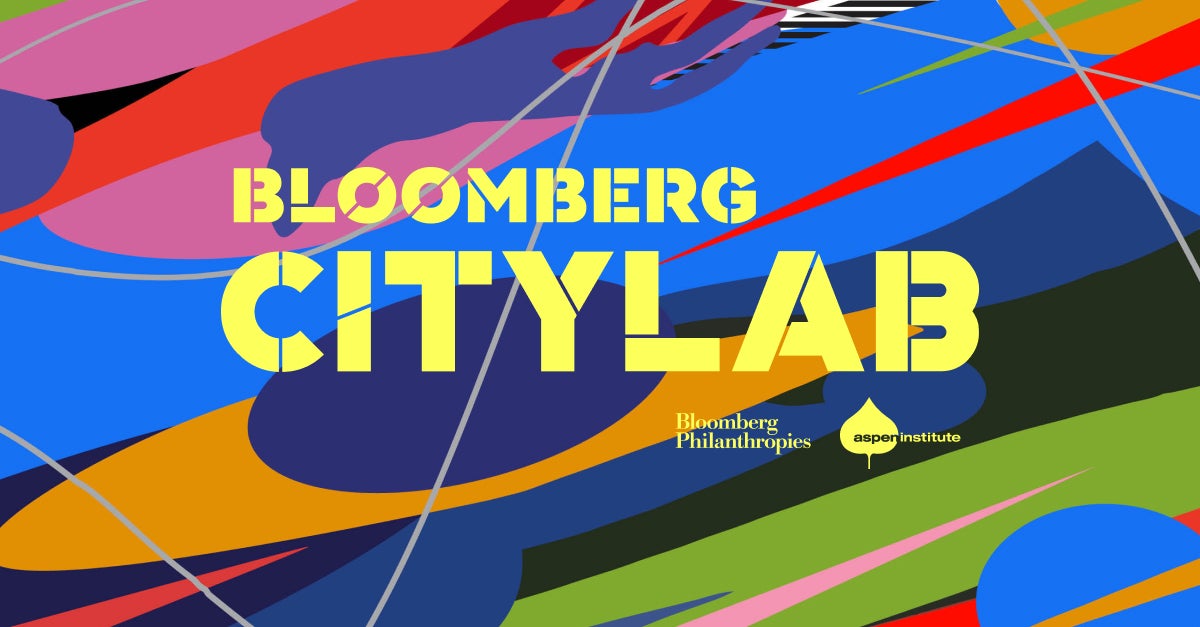Throughout history humans have often worried that new technology would cause undesirable disruption and the loss of jobs. The truth, however, is that technological advances have increased productivity and expanded economic opportunity. Ever since mechanical looms were introduced in Europe in the early 19th century causing widespread alarm to Ned Ludd and his followers, neo-Luddites have greeted each successive wave of innovation with fear. But the overwhelming evidence shows not only that industries are transformed by technological innovation but so too is society and, in most cases, for the better.
This pertains not only to raw technical innovation. Each great societal disruption has faced derision, from suffrage to civil rights. Time and again, America has arrived at key turning points, and without fail it has emerged stronger. It took the devastation caused by civil war to propel America from a rural agrarian society to an urban commercial one. It took a great depression and a world war for America to emerge as a modern state built upon industrial growth and new technologies.
These advances didn’t come along simply by happenstance. They occurred because America put its mind to reworking its systems. We took chances and overcame our fear of the changes needed for society to move forward.
These transformations are described in each chapter of America’s Moment, a forward-thinking book produced under the auspices of the Markle Foundation and members of its Rework America initiative, led by Zoë Baird. This blueprint links the important and deliberate actions of our forebears to the challenges facing us today.
More importantly, the book provides dozens of concrete examples of how innovative people are creating new paths to the future in education and the workforce. With these case studies, gathered by the members of Rework America, the book highlights enormous opportunities we have to emerge a stronger nation.
There’s been so much talk these days about innovation that it’s easy for such an American-owned concept to lose its true meaning. When I researched the digital revolution for a recent book, I focused on specific examples of how innovation actually occurred in the real world. I wanted to show how the most imaginative innovators of our time turned ideas into reality. The examples and the prescriptions offered in America’s Moment reflect the DNA of some of our greatest innovations.
The innovators I chronicled used collaboration to come up with inventions as groundbreaking as the personal computer and as ubiquitous as the computer mouse. And they did so decades ago, without the benefit of a global network connecting us all. The new networked reality makes knowledge-sharing easier than ever before.
America’s Moment sees a nation harnessing the immense power of that global network to propel research and development and rapid collaboration around our greatest strengths. For the American Dream to survive, we must share talent and truly integrate the power of our networked world to make a generation of workers ready for the challenges ahead.
The backbone of this important book’s prescription for America’s next great leap is to be found in the power of education. Its recommendations go far beyond mere reform. We have to reimagine education without the barriers that hold so many back today: “Educators, public and private, should capitalize on the capabilities available now to teach anyone, anywhere, at any time in his or her life.” It is here that America’s Moment gives its most powerful guidance.
The potential advances in education are almost unlimited. One key finding — reflected too in some of the important leaps of the Digital Revolution — is the value of human interaction to enhance education. Through our networked reality, this human contact can be embedded in education software that distills and extends it, giving us the best of both worlds. Education navigators can coach and guide many more learners to academic success. Democratization of learning through resources such as Khan Academy can open doors to millions locked out of the educational system today.
The educational design tool kit in America’s Moment is a how-to for reinventing a system that can radically upskill the workers we have now and give future generations a leg up on the challenges ahead. It defies conventional wisdom about teaching, financial aid, and the power of caring communities to make education successful.
Each chapter of America’s Moment closes with a concrete list of actions needed for our nation to create opportunity in the connected age. In addition to education, it tackles worker mobility, accessing the global economy, research and development and much more.
One story conveyed in the book serves as a fitting analogy for the turning point America faces today. As cheap labor and other factors drove companies to move their brain trusts overseas, Corning Glass went in a different direction. Corning’s decision to invest in and maintain a lead production factory in New York made them an innovation hub. The demonstration facility — a sort of test lab for their industry — is today the heart of an “ecosystem of researchers, trainees, network production managers and others.” This innovation hub put Corning at the top of the list when Apple needed a partner to test and develop the iPhone’s most visible component, Gorilla Glass.
For our nation to power through our next great revolution, we need to think like this and reinvent America as an innovation hub. We need to work every advantage possible. We need to recognize that education is the greatest talent engine we possess and use collaboration to multiply those talents. We must take calculated risks together that will lay the groundwork for our emergence as a stronger, more resilient nation.
Taken together, this wise book is a roadmap for restoring the American Dream. It brings a clear-eyed view of the challenges we face, and offers a powerful dose of hope for our future.

